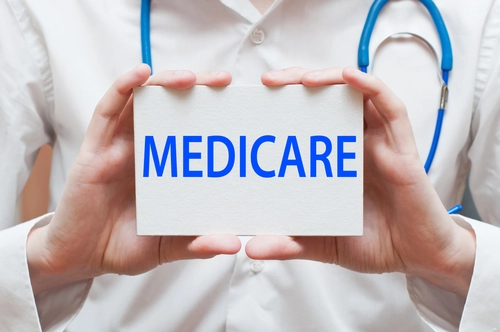Seeing Patients Following A Disaster? You May Need Modifier CR
Cover your post-disaster coding and billing with these quick tips. We’re still in the midst of hurricane season, and recent weather has reminded us all that when a hurricane bears down on your community, the last thing you’re probably thinking about is how you’re going to get your Medicare Part B reimbursement. But if you are in the middle of the mess and assisting patients, it is vital to know the rules that cover coding and billing for these situations. Background: On Sept. 12, HHS Secretary Alex M. Azar issued a Public Health Emergency (PHE) in the wake of Hurricane Florence for North Carolina, South Carolina, and Virginia. Once a PHE is declared then the HHS Secretary may invoke section 1135 of the Social Security Act (SSA), which will allow Azar to waive or modify certain Medicare, Medicaid, CHIP, and HIPAA requirements. These updates cover the essentials you’ll need to submit claims after disaster strikes. Remember What Constitutes a PHE Although the term “disaster” is sometimes thrown around lightly, the feds have very strict guidelines when declaring an emergency. Read on to see the timeline and protocol that ends with the 1135 waiver and certain Medicare allowances. WHO: After the President of the United States establishes an emergency under the Stafford Act, the HHS Secretary declares a PHE. WHAT: The HHS Secretary determines there’s a PHE under Section 319 of the Public Health Service Act (PHSA). WHEN: A Section 319 PHE is good for a duration of 90 days, but it may be shortened by the HHS Secretary if it’s determined an emergency no longer exists. The HHS Secretary can also extend a PHE. WHERE: The PHE only covers the state and/or local areas referenced in the HHS Secretary’s declaration under Section 319 of the PHSA. WHY: The Secretary determines that there’s a high risk of disease and disorder due to the emergency or disaster. The hazards must be significant enough to declare the PHE in the first place. And that’s why Under Section 319 of the PHSA, the HHS Secretary then can offer grants, do investigations, support state and local healthcare efforts, and waive certain federal requirements that may be compromised due to the disaster. Medicare requirements that may be waived could include, but are not limited to: Know These Coding Basics to Ensure Part B Pay After a Disaster HHS allows these waivers in order to better monitor how payers process claims in these uncertain circumstances, explains Dawn Rogers, coding specialist at Caduceus Inc. in Jersey City, New Jersey. However, your coding, and modifier usage, could change when reporting services for patients affected by the disaster. CMS created modifier CR (Catastrophe/disaster related) “in order to track and facilitate claims processing for disaster victims,” indicates Rogers. “In accordance with CR 6451, use of the ‘DR’ condition code and the ‘CR’ modifier are mandatory on claims for items and services for which Medicare payment is conditioned on the presence of a ‘formal waiver’ including, but not necessarily limited to, waivers granted under either Section 1135 or Section 1812(f) of the Act,” states MLN Matters release SE18014. See more details on agency efforts and waivers for Hurricane Florence at www.cms.gov/Outreach-and-Education/Medicare-Learning-Network-MLN/MLNMattersArticles/downloads/SE18014.pdf. Nuts and bolts: When a Section 1135 waiver is official, CMS will notify payers of the event and provide them with the following information, says Mary I. Falbo, MBA, CPC, president and CEO of Millennium Healthcare Consulting, Inc. in Lansdale, Pennsylvania: While you might think any service related to a disaster would qualify for modifier CR, there are some very specific parameters that must be met before using the modifier. You can only use the modifier in clearly defined catastrophe/disaster situations, confirms Falbo. Of interest: The type of disaster doesn’t really matter. While the above involves weather, you might also use the CR modifier “for mass shootings, bombings, explosions; anything that would meet the criteria for a Section 1135 waiver,” explains Rogers. Once the President and Secretary make the Section 1135 waiver official, you should report modifier CR along with any services for patients affected by these catastrophes, she adds. Tip: Keep an eye out for these CMS announcements on your MAC’s website or listserv, so you’re on the same page as they are when reporting your disaster claims. Resource: You can find more information about the 1135 Waiver policies at www.cms.gov/Medicare/Provider-Enrollment-and-Certification/SurveyCertEmergPrep/Downloads/1135-Waivers-At-A-Glance.pdf.




